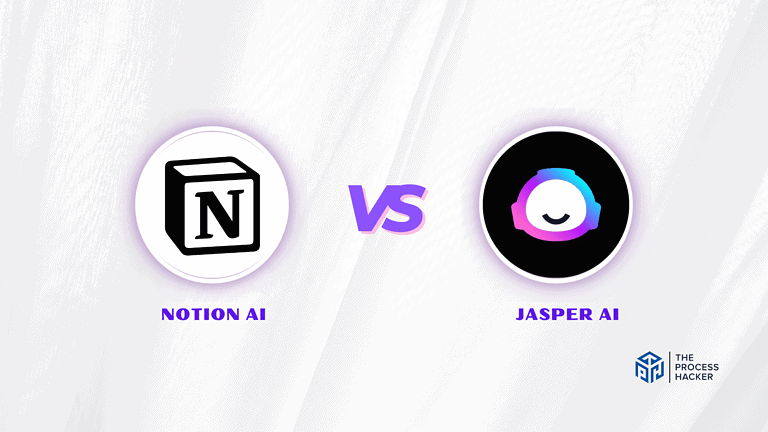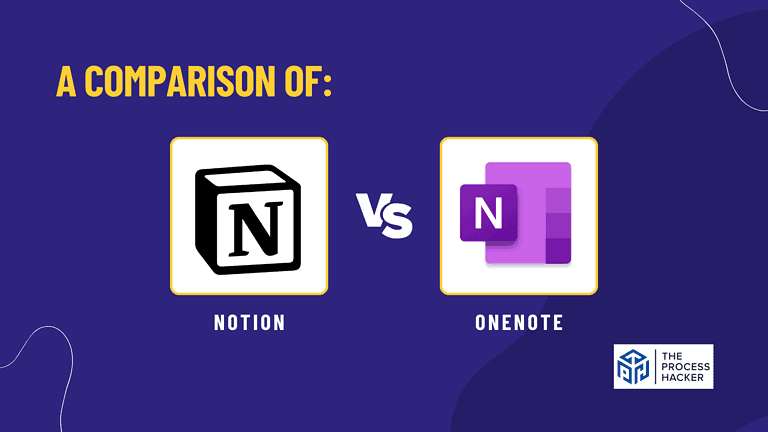How to Choose the Right Business Structure: Legal Implications for Startups
So, you’re ready to take that leap and bring your business vision to life. That’s fantastic! But before you get caught up in the excitement of logos and marketing, there’s a fundamental decision that needs your attention: choosing the right business structure.
Think of your business structure as the backbone of your enterprise. It influences everything from how you’ll be taxed to your personal liability. While traditional options like sole proprietorships, partnerships, limited liability partnerships, LLCs, and corporations are well-known, you might be surprised to learn some intriguing alternatives.
What is a Business Structure?
A business structure refers to the legal organization of a business. It dictates how the business operates, how taxes are paid, and the personal liability of the owner(s). Essentially, it’s the blueprint for how your business will function from a legal and financial standpoint.
Why is it important?
Choosing the right structure is crucial for the success and longevity of your business. Here’s why:
- Liability: Your personal assets could be at risk if your business is sued or incurs debt. Certain structures, like LLCs and corporations, offer liability protection, shielding your personal assets from business liabilities.
- Taxes: Different structures have different tax implications. Some structures allow profits and losses to pass through to the owner’s personal income, while others require the business to file its own personal tax returns.
- Funding: Investors often prefer certain business structures, making it easier to secure funding. For instance, corporations can issue stock, making them more attractive to investors.
When should you choose a structure?
Ideally, you should choose a business structure before you start operations. This ensures you comply with legal requirements from the outset and avoid potential complications later on.
Common types of business structures:
- Sole Proprietorship: Simple and easy to set up, ideal for solo entrepreneurs.
- Partnership: For businesses with two or more owners.
- Limited Liability Company (LLC): Offers liability protection and flexible taxation.
- Corporation: A separate legal entity from its owners, offering liability protection but with more complex requirements.
By understanding the basics of business structures, you can make informed decisions that protect your personal interests and set your business up for success.
Common Business Structures in the US
Any time you launch a new business startup, you face a long list of important decision points. One of the most crucial decisions of all is which business structure you’ll employ.
This decision can affect virtually all aspects of your business life, from how you pay taxes to how you process payroll. And, of course, it can also determine the extent of your legal liability protections.
For startup entrepreneurs, it’s important to have a clear understanding of the different legal structures that are available and to think through the implications of each.
Sole Proprietorships
We’ll begin with the sole proprietorship, which is a default position: When you start generating any kind of self-employed income, the government will automatically classify you as a sole proprietor.
A Sole Proprietorship is a business in which one person, the business owner, makes all the decisions about the business. The owner also receives all of the business revenues and is accountable for all the business liabilities.
In some ways, even the term “business owner” is a bit misleading. That’s because, in a Sole Proprietorship, the business and the entrepreneur are one and the same.
There is no legal distinction, and no separate legal entity is created. As such, Sole Proprietors cannot do anything to separate their financial and legal fortunes from those of the business.
Pros and Cons of the Sole Proprietorship Format
There are several pros associated with this format, beginning with administrative ease. There is basically no effort needed to start a Sole Proprietorship and virtually no regulatory compliance is required.
Additionally, having a sole proprietorship means that, as the person who started the business, you maintain total control. Decision-making powers are not diluted by partners or by a Board of Directors.
One final advantage of the Sole Proprietorship format is pass-through taxation. What this means at its most basic is that you don’t have to file a separate tax return for the business. You simply declare revenues on your personal tax return and pay at your normal rate.
As for drawbacks, the Sole Proprietorship format has one big one: There is a total lack of legal liability protections. If your business is hit with a lawsuit, you’re personally liable for it, and your personal assets could potentially be seized. Given the litigious environment in which most startups operate, this is a significant disadvantage.
Partnerships
Another legal structure to consider is a Partnership. This option is actually extremely similar to the Sole Proprietorship but with one major distinction: Instead of doing everything solo, you can split duties, responsibilities, revenues, and liabilities with one or more business partners.
Partnerships have many of the same advantages as sole proprietorships but also the same main drawback: There is no way to shield yourself from legal liability.
Choosing between these two structures is mostly a question of whether you want to maintain total control (and risk) or distribute it between multiple stakeholders.
Limited Liability Companies (LLCs)
Another option for your business startup is to register as an LLC. This is one of the most popular legal structures in the country, and it’s not hard to see why: LLCs offer a level of flexibility that’s comparable with Sole Proprietorships and Partnerships but with the added bonus of some robust personal liability protections.
When you start an LLC, you register your business as its own separate legal entity, distinct from the business owner. LLCs are governed by one or more partners who share duties, responsibilities, profits, and liabilities according to an Operating Agreement, which functions as a kind of charter for the business.
Pros and Cons of the LLC Format
There are several benefits to the LLC format, the most important being legal liability protections. With an LLC, you can safeguard your personal assets, minimizing your vulnerabilities to lawsuits or aggressive creditors.
Additionally, LLCs offer many of the same benefits you would expect from a Sole Proprietorship, including pass-through taxation, flexible management options, and a relatively light regulatory load.
The process of forming an LLC is a little bit more complicated than starting a sole proprietorship, but not by much. Steps can vary by state, but the process generally involves:
- Choosing the state where you wish to register double-checking any local stipulations. For instance, check the requirements for starting an LLC in Florida if you happen to live in the Sunshine State.
- Finding a Registered Agent with a mailing address in your state.
- Filing Articles of Organization with your state and paying the state-specific filing fee.
- Creating an Operating Agreement.
Regarding other downsides, note that an LLC does not allow you to take your business public, which may be a disadvantage for startups that hope to be traded publicly one day.
Corporations
The other option for your startup is to incorporate. A Corporation is a lot more complex than the other options we’ve listed here, requiring you to assemble a Board, hold annual meetings, file public financial disclosures, and issue ownership shares in the company.
Needless to say, this is by far the most legally complicated and onerous option, with several corporate regulations to consider. Corporations do offer robust personal liability protection, though, along with the ability to court investors by selling them ownership. Doing so, of course, significantly dilutes your level of control over the company.
Which Legal Structure is Right for Your Startup?
As you consider the business structure that’s appropriate for your startup, several factors are worth weighing:
- Level of autonomy and control
- Regulatory requirements
- Ease of setup
- Taxation
- Personal liability protections
- Ability to court investors
No matter which structure you choose, simply note that this decision can be formative for the entire company, making it important to do your due diligence and seek legal counsel as needed.
Factors to Consider When Choosing Your Structure
Selecting the right business entity is a critical decision that can significantly impact your company’s future. It’s not a one-size-fits-all situation, and careful consideration of various factors is essential.
To help you make an informed choice, evaluate your needs and priorities based on the following key elements:
Liability
Personal vs. business asset protection:
- How much risk are you willing to take?
- Do you need to protect your personal assets from business debts and lawsuits?
- Structures like LLCs and corporations offer liability protection, while sole proprietorships and partnerships do not.
Taxation
Pass-through vs. corporate tax corporation rates:
- How will your business income be taxed?
- Is there a tax-exempt status?
- Do you want profits and losses to pass through to your personal income, or would you prefer the business to be taxed separately?
- Consider the different tax rates and implications for each structure.
Administrative Burden
Paperwork, compliance, and record-keeping:
- How much time and effort are you willing to invest in administrative tasks?
- Some structures require more complex paperwork, compliance procedures, and record-keeping than others.
- Evaluate your capacity and resources to handle these requirements.
Funding Needs
Ability to raise capital through investors:
- Do you plan to seek funding from investors?
- Certain structures, like corporations, are more attractive to investors due to their ability to issue stock.
- Consider your long-term funding needs and how your chosen structure can support them.
Long-Term Goals
Growth plans exit strategies:
- What are your future aspirations for the business?
- Do you plan to expand, sell, or pass the business on?
- Your chosen structure should align with your long-term goals and provide flexibility for future changes.
Taking it to the Next Level: How to Optimize Your Chosen Business Structure
Once you’ve selected the structure that best aligns with your needs, it’s time to optimize it to ensure you’re reaping all the benefits. Here’s how:
Strategies for maximizing the benefits of your selected structure:
- Don’t just set it and forget it: Your business structure isn’t static; it should evolve with your business. Regularly review and update your structure as your business grows and changes.
- Formalize everything: Whether it’s an operating agreement for an LLC or bylaws for a corporation, having a clear, written partnership agreement in place can prevent misunderstandings and disputes down the line.
- Keep your finances squeaky clean: Maintain meticulous records and keep your personal and business finances completely separate. This not only makes tax time easier for small business owners but also helps protect your personal assets in case of legal issues.
By taking these proactive steps, you’ll ensure your business structure always works in your favor, providing a solid foundation for your continued success.
Alternatives to Traditional Business Structures
While the traditional structures often take center stage, it’s worth exploring some of the lesser-known options that might be a perfect fit for your unique vision.
Here are a few to consider:
- Benefit Corporation (B-Corps): Want to make a positive impact on the world while pursuing profit? B-Corps are legally required to consider the impact of their decisions on their workers, community, and the environment. They’re all about using business as a force for good.
- Low-Profit Limited Liability Companies (L3Cs): If your primary goal is to achieve social good, an L3C might be the way to go. It’s a hybrid structure that combines the flexibility of an LLC with the social mission focus of a non-profit.
- Professional Corporations (PCs): Perfect for licensed professionals like doctors, lawyers, and architects, PCs offer liability protection while maintaining a traditional corporate structure.
- Series LLCs: Need to compartmentalize different aspects of your business? A Series LLC allows you to create separate “series” within a single LLC, each with its own liabilities and assets. Think of it like having mini-LLCs under one umbrella.
- S Corporation (S Corp): This structure provides a unique blend of benefits. It offers the liability protection of a corporation while allowing profits and losses to be passed through to your personal income, avoiding double taxation. This can be particularly advantageous for small business owners.
These alternatives offer unique advantages and cater to specific needs and values. Don’t be afraid to think outside the box and explore whether one of these less common structures aligns with your long-term goals.
Final Thoughts on Choosing the Right Business Structure
Selecting the right business structure is a pivotal step in your entrepreneurial journey. It’s a decision that deserves careful consideration and a thorough understanding of your goals, risk tolerance, and vision for the future.
Don’t be afraid to seek guidance from experienced professionals like lawyers and accountants. They can provide invaluable insights and help you navigate the complexities of each structure. Remember, the best structure is the one that aligns perfectly with your unique needs and sets the stage for your business to thrive.
Take your time, weigh your options, and choose wisely. Your future self will thank you!







